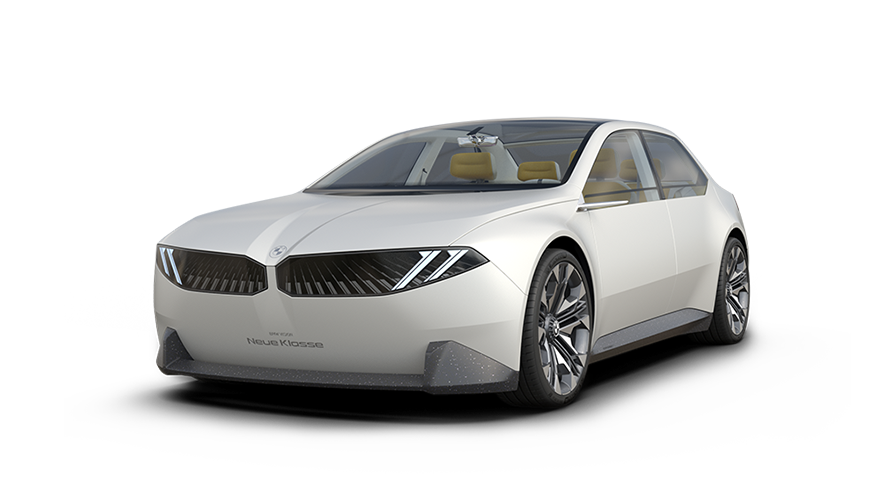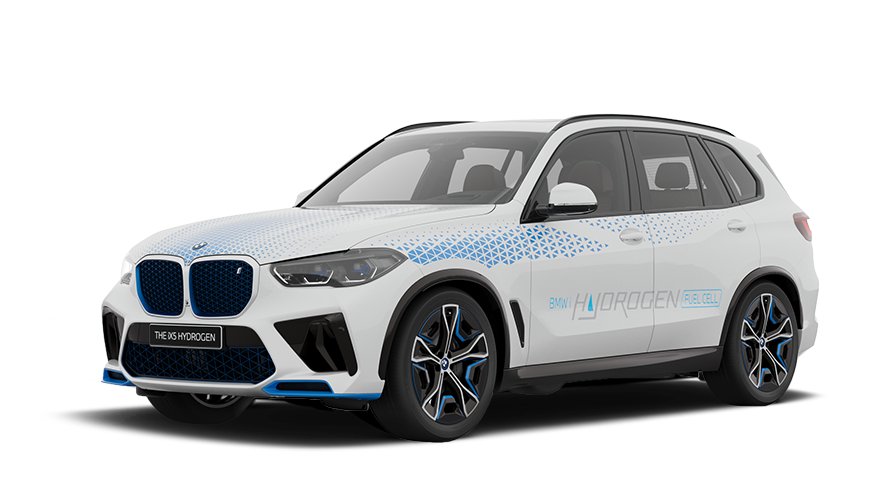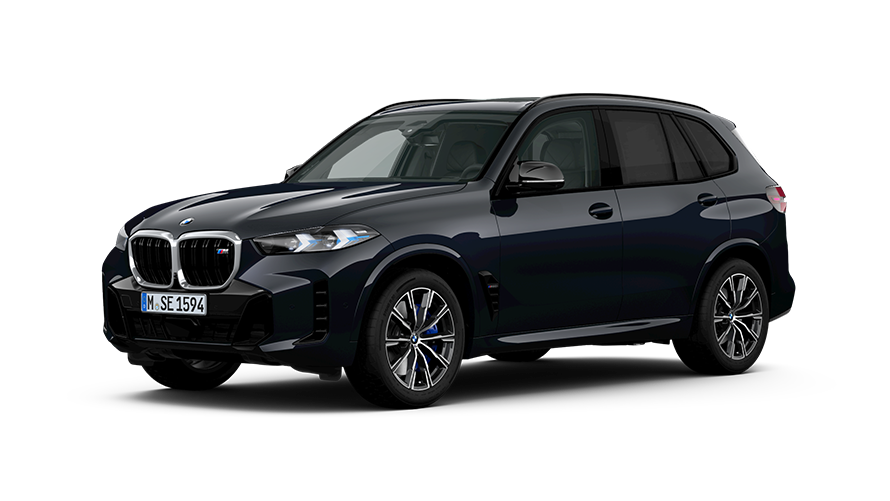Our tool for managing your permission to our use of cookies is temporarily offline. Therefore some functionality is missing.
FIND YOUR BMW.
series BMW i
BMW i
BMW iX
From $1,085,500BMW iX M60
From $2,138,400BMW i7
From $ 1,519,900BMW i7 M70 xDrive
From $3,199,900BMW i5
From $956,400BMW i5 M60 xDrive Sedan
From $998,900BMW i5 M60 xDrive Touring
From $1,299,900BMW i4 Gran Coupé
From $419,900BMW i4 M50
From $659,900BMW iX3
BMW iX2
From $459,900BMW iX1
From $369,900series X
X
BMW X7
From $1,358,000BMW X6
From $1,179,000BMW X5
From $849,000BMW X3
From $549,000BMW X1
From $369,000series M
M
BMW X3 M50 xDrive
From $998,000BMW M2 Coupé
From $998,000BMW 3 Series Touring M Models
From $1,689,000BMW M3 Sedan
From $1,499,000BMW M4 Coupe
From $1,799,000BMW M4 Convertible
From $1,849,000BMW i4 M50
From $659,900BMW M5 Sedan
From $1,899,000BMW i5 M60 xDrive Sedan
From $998,900BMW i5 M60 xDrive Touring
From $1,299,900BMW i7 M70 xDrive
From $3,199,900BMW iX M60
From $2,138,400series 5
5
BMW 5 Series Sedan
From $618,000BMW i5
From $956,400BMW i5 M60 xDrive Sedan
From $998,900BMW i5 M60 xDrive Touring
From $1,299,900BMW M5 Sedan
From $1,899,000series 3


